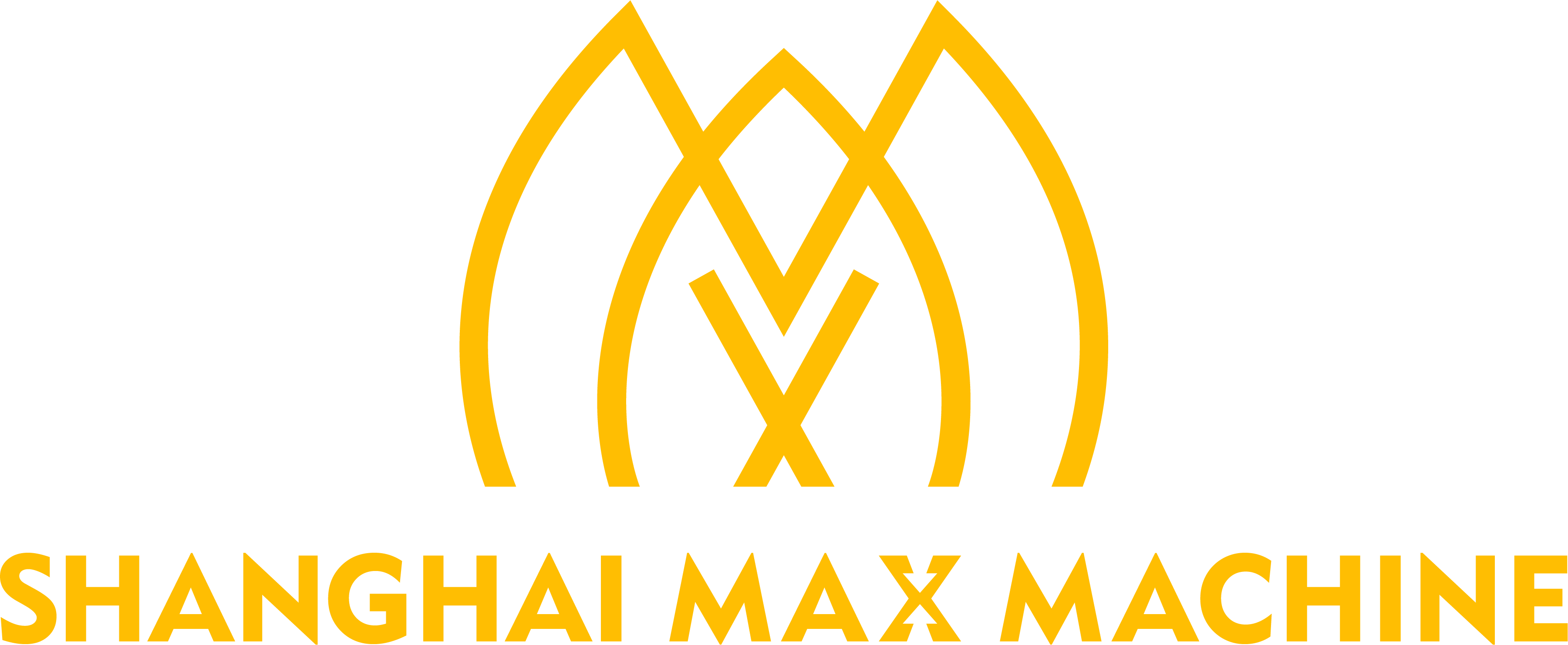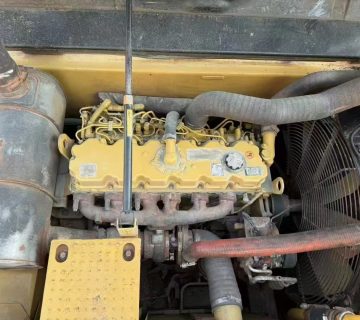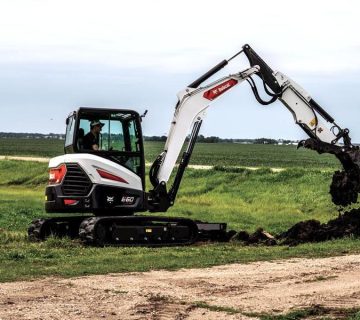The heavy machinery industry has evolved rapidly in recent years, and as we approach 2025, new technologies and industry trends are poised to reshape the way we think about construction and excavation equipment. Whether you’re involved in large-scale projects or a smaller construction business, staying ahead of these trends will help you make more informed purchasing decisions.
1. The Rise of Smart Machinery
Incorporating smart technologies into heavy equipment is one of the most significant shifts we’re seeing. GPS systems, telematics, and sensors now allow operators to monitor machinery performance in real time, enabling preventative maintenance and reducing downtime. This technology can track fuel consumption, engine performance, and even warn of mechanical failures before they happen. As these systems become more affordable and accessible, it’s expected that the demand for smart machinery will continue to grow.
2. Emphasis on Fuel Efficiency
With the growing emphasis on sustainability, fuel efficiency remains a top priority for machinery manufacturers. Hybrid and electric-powered excavators, loaders, and bulldozers are now making their way into the market, offering significant reductions in fuel consumption and carbon emissions. These machines are designed to be more eco-friendly while still offering the same performance levels that operators demand.
For companies aiming to reduce their carbon footprint and cut costs, investing in fuel-efficient or electric equipment may be the way forward in 2025.
3. Automation and Robotics
The concept of autonomous machinery is no longer just a futuristic idea. Several major manufacturers have already introduced self-operating machines, capable of carrying out tasks like digging, leveling, or hauling without human intervention. Though we’re not quite there yet in terms of full automation across the industry, semi-autonomous equipment is gaining traction. This trend not only boosts productivity but also reduces human error and improves worker safety.
As robotics continue to advance, construction sites could see a significant reduction in labor costs while increasing efficiency and accuracy.
4. Increasing Demand for Used Heavy Equipment
The demand for used heavy machinery is expected to keep growing, especially in developing countries where the need for cost-effective solutions is high. However, it’s important to be cautious when purchasing used machinery. Overhauled machines provide excellent value and performance, but buyers should always verify the equipment’s condition and maintenance history to avoid costly mistakes.
As the market for used heavy machinery grows, online platforms and industry-specific dealerships will play a key role in facilitating these transactions, offering transparency, and ensuring the reliability of the equipment.
5. Sustainable Construction Practices
The construction industry is under increasing pressure to adopt sustainable practices, and machinery is no exception. Expect to see more companies focusing on eco-friendly equipment with reduced emissions and improved fuel efficiency. Electric and hybrid-powered machinery, as mentioned earlier, will play a key role in this shift. Additionally, innovations like recyclable materials and reduced waste will likely be integrated into machinery designs to help meet sustainability goals.
6. Enhanced Operator Comfort and Safety
As equipment becomes more advanced, so do the operator cabins. In 2025, expect to see further improvements in operator comfort, with cabins designed to reduce fatigue, enhance visibility, and incorporate intuitive controls. Enhanced safety features, such as 360-degree cameras, collision detection systems, and improved ergonomics, will make the job site safer and more productive.
With advancements in virtual reality (VR) and augmented reality (AR), we might even see the introduction of immersive training environments, allowing operators to gain hands-on experience without the risk of injury.
Conclusion
The future of heavy machinery is bright, with exciting innovations on the horizon. From smart technology and sustainability to automation and operator safety, 2025 promises to bring a host of changes to the industry. Whether you’re considering purchasing new or used equipment, understanding these trends will help you make informed decisions and stay ahead of the curve in an increasingly competitive market.
Stay tuned for more updates on these developments as we approach a new era in heavy equipment



